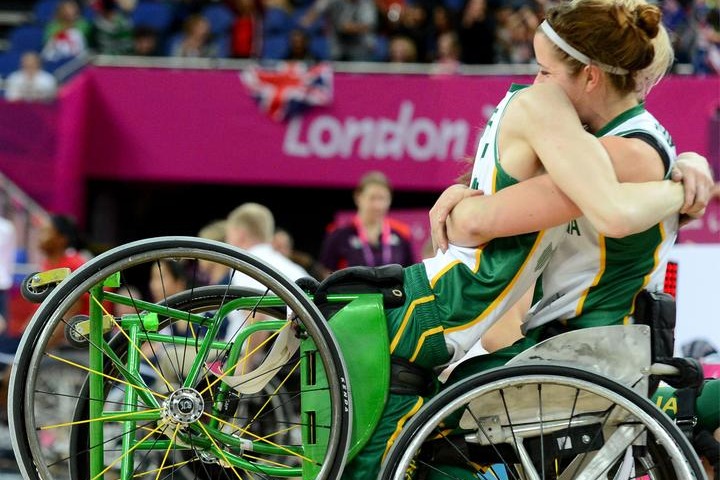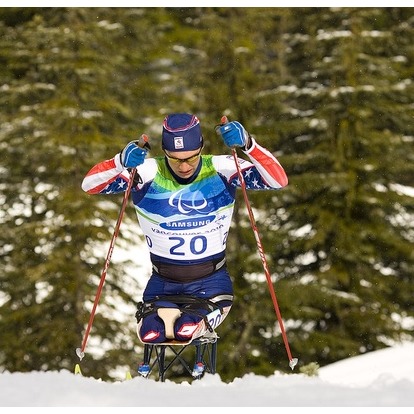



JUNE Q&A:
PARA-SPORT
Welcome to June's feature topic page and Q&A Discussion Forum! Find everything we have lined up for this month below including our feature module, the chance to talk to our exercise prescription expert and test your knowledge in our expert's case study.
FEATURE MODULE
THE PARA-ATHLETE
This module gives a great overview of the specific issues faced by the para-athlete. It aids understanding of the system of classification and the process that the para-athlete must undertake to be classified in their sport. It then discusses the issues that may arise travelling with the para-athlete, and the specific illnesses and injuries that may affect para-athletes.
HOW
Step One
Each month the SEM Academy team pick a topical subject and source our very best global experts, to provide you with current information and research.
IT
Step Two
During the month we invite you to use the discussion forum below to enter your questions and interact with your SEM peers.
WORKS
Step Three
The content expert will respond right here, on this page, and interact with you through out the month. Discussion only lasts for one month, so start asking!
OUR EXPERT

Dr. Corey Cunningham
Dr Corey Cunningham is a Sport and Exercise Medicine Physician who has worked with Para-Sport for many years. He was part of the medical team for London 2012 and Chief Medical Officer for the Australian Paralympic Team for Rio 2016. He is currently Chief Medical Officer at the New South Wales Institute of Sport and Deputy Medical Director of the Australian Olympic Team for Tokyo 2020 (2021).
PARA-SPORT QUIZ
Quiz written by Dr Corey Cunningham
PARA-SPORT RESOURCES

RESOURCE 1
The first position statement on concussion in para-sport was released in the British Journal of Sports Medicine. The statement recommends para-sport-specific concussion management strategies and a case-by-case evaluation of concussion cases in para-athletes.

RESOURCE 2
A consensus statement was recently released on recording and reporting of data for injury and illness in para-sport in the British Journal of Sports Medicine. The statement builds upon the IOC consensus statement while providing para-athlete specific recommendations

RESOURCE 3
This paper examined the impact of COVID-19 on the diet, fitness and sedentary behaviours in para-cyclists finding an increase in sedentary behaviours but no change in dietary or fitness outcomes.

